Building a website relies on several key building blocks: the back-end development and architecture, yes, but also the content.
Creating the content for your website is something to take time over and get right. While we (and other web developers) can advise on and suggest content, you know your business best. Thinking about the content – text and images – that you want to feature will save a lot of time when it comes to creating your site.
With this in mind, we’ve put together some tips on creating good basic content for your website.
First Things First: Writing a Headline
Generally, when people land on a website they scan, they don’t read. The headline should be brief and keyword-rich, and followed by a short paragraph. For example:
“Get a fresh perspective on your website strategy”
Work with NB's expert team and regenerate your website to attract and convert more customers.
(NB Communication)
When thinking about your headline, thinking about the following questions can help keep you on the right path:
- Your site includes only the headline and a call to action (sign up; learn more; call now). Would this result in anyone taking action?
- When explaining your product or service in a conversation, would you naturally use the wording in your headline?
But what to actually say? You might consider:
- Saying what your business is:
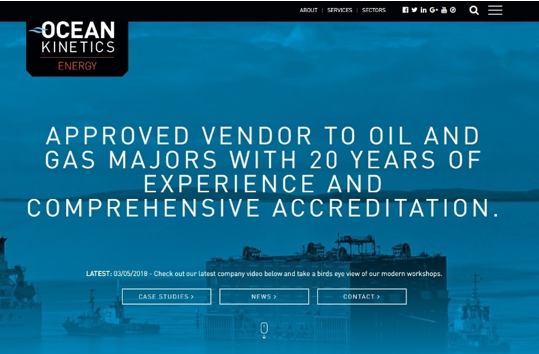
- Saying what your client/customer gets:
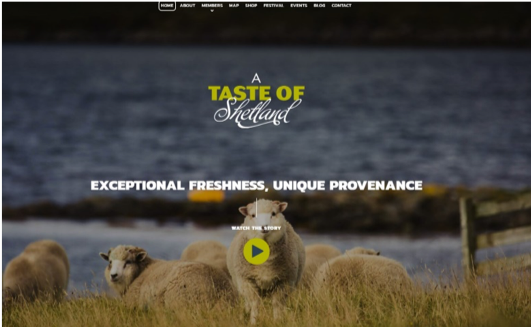
- Or, what you're able to do/offer:
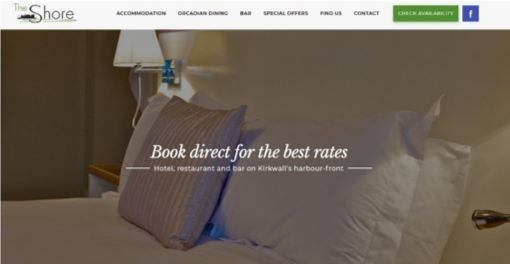
Introductory Text
The introductory text usually follows the headline and offers some context. This text should tell people what your website (and business) is all about.
Often, this is among the first thing a visitor to your site will see, so it be highly relevant. It’s also a good opportunity to inform people of your company’s personality.
Think about your client or customer: time online is precious, and people want to know as quickly as possible whether a site can give them what they're looking for. A clear, concise message is therefore vital. Communicating what you offer, or your “value proposition”, is key. Why should people choose you? What makes your business different?
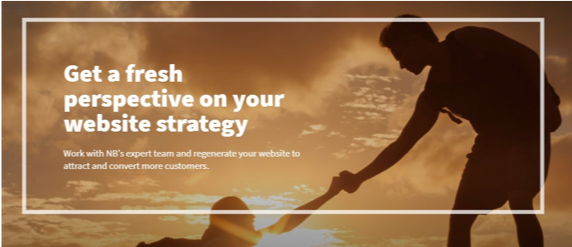
Conveying the value you offer clients/customers immediately is important.
Getting to Know You: About Page
As the name suggests, the “about” page should contain an explanation about your business. How much you include here is up to you, but in general you should provide information about what your business aims to do, and why. Tell the story of your business.
You could include things such as:
- When your company began (and why, if relevent)
- How many people you employ
- What it is that you do – the products your sell or services you provide
This might also be a good place to include Client Testimonials, though they can also go on their own page.
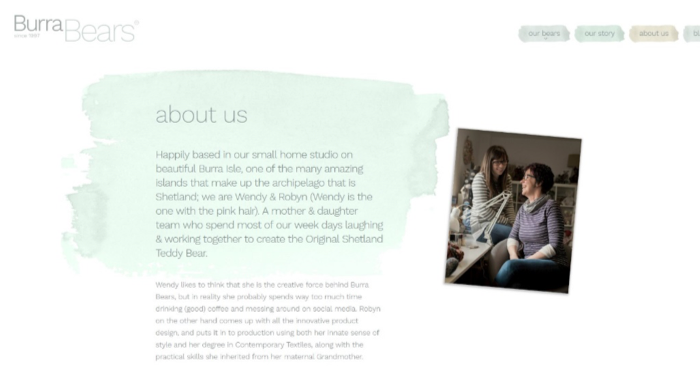
Client Testimonials
Including a review or comment from a happy customer or client is very important: it’s an easy way to build trust in your business.
“NB’s team understood the high performance required in today’s competitive estate agency marketplace. The site is user-friendly, responsive and scalable. Having the ability to meet face-to-face when necessary was a real benefit.”
GORDON STRUTHERS
Digital Marketing, Harper Macleod
This information forms the basis of the content for your website, along with contact information and your social media links. Having this ready as early as possible in the design stage should help the project run smoothly.
We hope you’ve found this helpful! If you’d like to find out how we can help you with your website project, please do get in touch.
